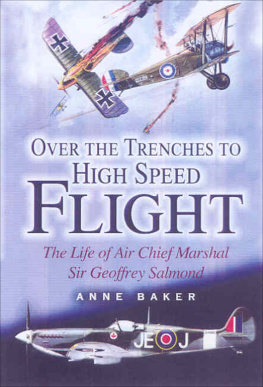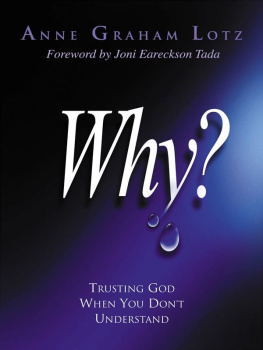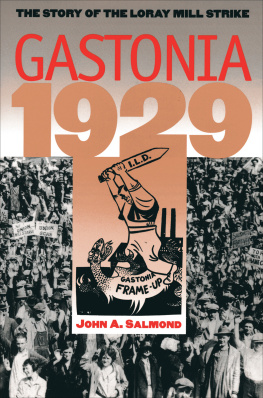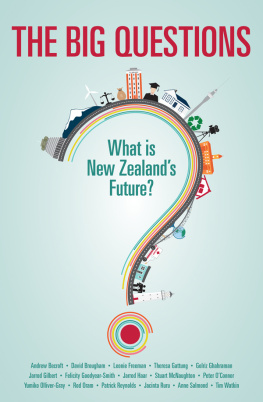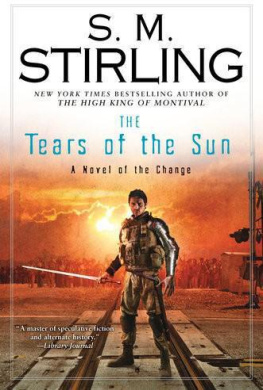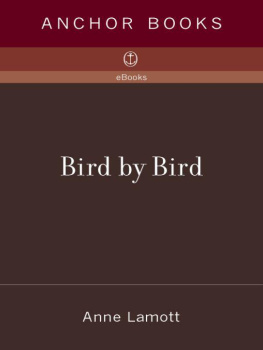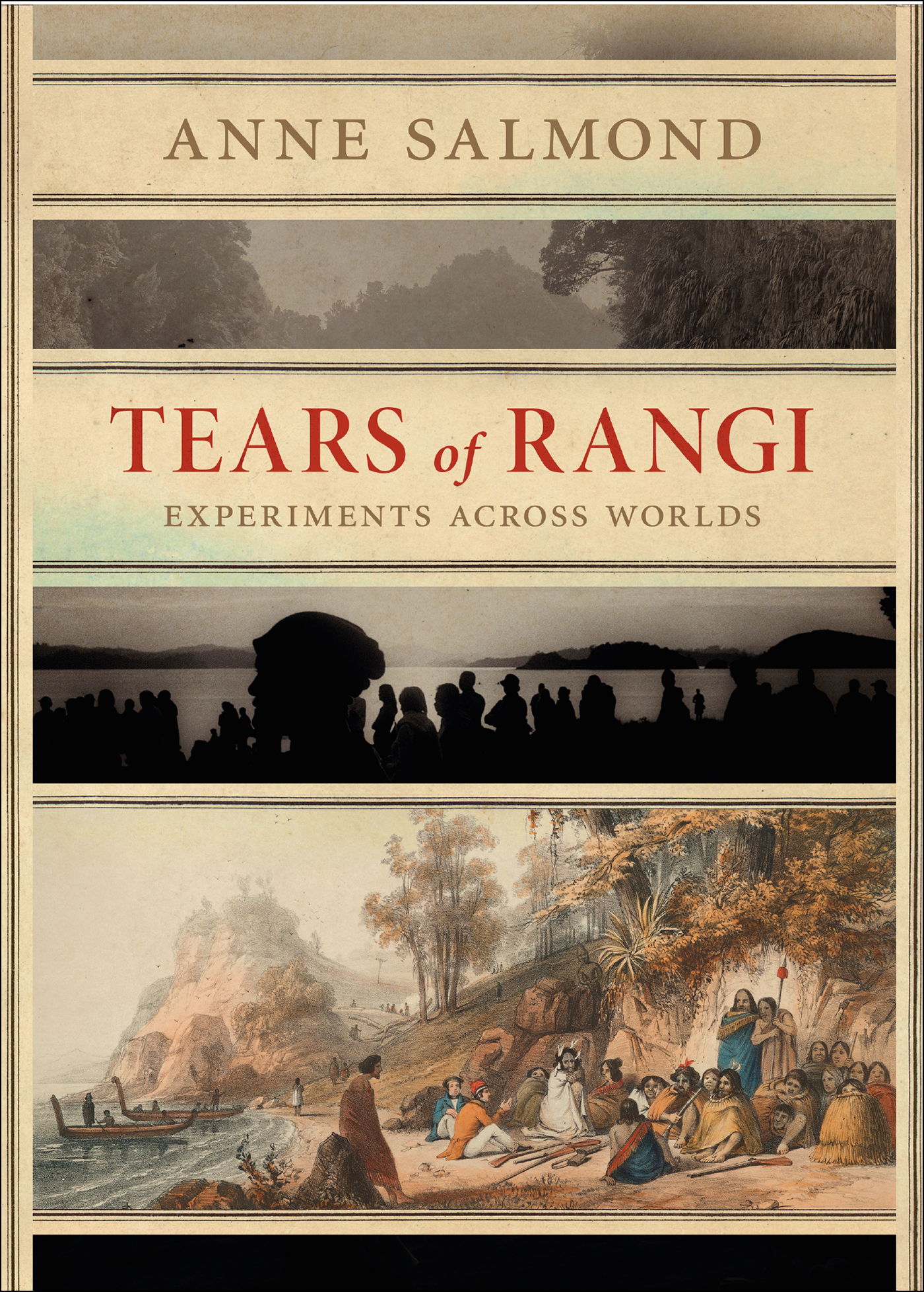Anne Salmond - Tears of Rangi: Experiments Across Worlds
Here you can read online Anne Salmond - Tears of Rangi: Experiments Across Worlds full text of the book (entire story) in english for free. Download pdf and epub, get meaning, cover and reviews about this ebook. year: 2017, publisher: Auckland University Press, genre: Romance novel. Description of the work, (preface) as well as reviews are available. Best literature library LitArk.com created for fans of good reading and offers a wide selection of genres:
Romance novel
Science fiction
Adventure
Detective
Science
History
Home and family
Prose
Art
Politics
Computer
Non-fiction
Religion
Business
Children
Humor
Choose a favorite category and find really read worthwhile books. Enjoy immersion in the world of imagination, feel the emotions of the characters or learn something new for yourself, make an fascinating discovery.

- Book:Tears of Rangi: Experiments Across Worlds
- Author:
- Publisher:Auckland University Press
- Genre:
- Year:2017
- Rating:5 / 5
- Favourites:Add to favourites
- Your mark:
- 100
- 1
- 2
- 3
- 4
- 5
Tears of Rangi: Experiments Across Worlds: summary, description and annotation
We offer to read an annotation, description, summary or preface (depends on what the author of the book "Tears of Rangi: Experiments Across Worlds" wrote himself). If you haven't found the necessary information about the book — write in the comments, we will try to find it.
Tears of Rangi: Experiments Across Worlds — read online for free the complete book (whole text) full work
Below is the text of the book, divided by pages. System saving the place of the last page read, allows you to conveniently read the book "Tears of Rangi: Experiments Across Worlds" online for free, without having to search again every time where you left off. Put a bookmark, and you can go to the page where you finished reading at any time.
Font size:
Interval:
Bookmark:
Contents Guide Page List Dame Anne Salmond is Distinguished Professor of Mori Studies at the University of Auckland and author of books including Hui: A Study of Maori Ceremonial Gatherings (1975, A.H. and A.W. Reed); Amiria: The Life Story of a Maori Woman (1976, A.H. and A.W. Reed); Eruera: The Teachings of a Maori Elder (1980, Oxford University Press); Two Worlds: First Meetings between Maori and Europeans 16421772 (1991, Viking Press, University of Hawaii Press); Between Worlds: Early Exchanges between Maori and Europeans 17731815 (1997, Viking Press, University of Hawaii Press); The Trial of the Cannibal Dog: Captain Cook in the South Seas (2003, Penguin UK, Penguin NZ, Yale University Press); Aphrodites Island: The European Discovery of Tahiti (2007, University of California Press, Penguin NZ) and Bligh: William Bligh in the South Seas (2011, University of California Press, Penguin NZ). Among many honours and awards, she is an International Member of the American Philosophical Society, a Foreign Associate of the US National Academy of Sciences and a Corresponding Fellow of the British Academy; in 2013 she became New Zealander of the Year and winner of the Rutherford Medal from the Royal Society of New Zealand. TEARS of RANGI EXPERIMENTS ACROSS WORLDS ANNE SALMOND
PREFACE Voyaging Worlds I N THE TWENTY-FIRST CENTURY PACIFIC, THE MOST ICONIC IMAGES of the Earth are those taken from outer space. A blue globe hangs in a pool of darkness, spinning in the sun. When the Pacific Ocean comes into sight, its scatter of islands is barely visible. Edged by the continents of Asia, Australia and the Americas, the scale of this great ocean is impressive. Marbled by drifts of cloud, the Pacific covers almost a third of the earths surface. In the far southern reaches, one can see the islands of New Zealand, the last significant land mass on Earth to be found and settled by people. The ancestors of Mori invented blue-water sailing. As they sailed across the Pacific, stars, comets, clouds, the sun, the moon and birds appeared at different heights in the heavens. At night, successions of stars rose up in the sky, guiding them on their voyages. As winds blew and waves and swells slapped against the hulls of their canoes, it seemed that they stood still in the ocean while islands floated towards them. The Brazilian anthropologist Viveiros de Castro has argued for the ontological self-determination of the worlds peoples. a portable suite of plants and animals; and kin-based forms of order that allowed them to transplant themselves in new and unfamiliar lands. When the first star navigators arrived in New Zealand in about the early fourteenth century, they had to rapidly adapt to plants and animals, landscapes and climatic conditions very different from those in their tropical homelands. By the time the first Europeans came ashore perhaps four hundred years later, Mori had developed many new technologies, along with new dialects, art forms and philosophical ideas. Far from a static traditional society, early Mori life was dynamic and rapidly changing. In order to reach these remote islands, the first Western explorers, Abel Tasman in 1642 and Captain James Cook in 176970, faced similar challenges. They had to master the art of sailing for long periods across great distances, along with technologies (including projectile weapons) that allowed them to survive the challenges from island warriors. habits of mind and ways of living, casting up realities that, like those of their Polynesian precursors, made it possible for them to inhabit places very different from their homelands. Since the early nineteenth century in New Zealand, settlers from Polynesia and Europe (and elsewhere) have clashed and forged alliances with one another. In this remote, beautiful archipelago, debates over what is real, and good, and what matters in peoples lives have been fiercely contested. In these exchanges across the middle ground, ancestral Mori conceptions have been mobilised, usually but not always by Mori, and Western frameworks deployed, mostly but not invariably by Europeans. In the process, deep-seated assumptions and forms of order (so often invisible, or naturalised as common sense) have been brought to light, and challenged. At times when the Treaty of Waitangi was signed between Mori and the British Crown; or New Zealand became the first country in the world to give the vote to women; or the Treaty settlement process was established; or the Whanganui River was recognised as a legal person these exchanges have helped to provoke new ways of thinking. Here, I want to explore the likelihood that like bio-diversity, cosmo-diversity (in the sense of multiple worlds) may be a force for adaptation In New Zealand, and elsewhere in the Pacific where ancestral insights remain vital, this can happen. The first part of this book examines such experiments across worlds through a fine-grained inquiry into the early period of encounters between Mori and Europeans in New Zealand (17691840), when collisions and exchanges between people holding different assumptions about how the world works were particularly stark and vivid. The second part of the book investigates such engagements in particular areas of life waterways, land, the sea, and people; and asks whether these might help to open up new pathways to the future. Whakapapa (genealogy), for instance, a way of being based on complex networks that encompass all forms of life, interlinked and co-emergent, might assist in exploring relational ways of understanding the interactions between people and the land, other life forms, waterways and the ocean. The idea of the hau, the wind of life that activates human and non-human networks alike, animated by reciprocal exchanges; or the spiral of space-time in Mori might help in devising non-linear, recursive ways of investigating the dynamic interactions among different life-forms (including people). This is fitting, because in Mori ways of thinking, knowledge itself is a taonga (ancestral treasure). As knowledge is given or received, hau passes back and forth across the pae the horizon or threshold between sky and earth, light and dark, local people and visitors, life and death, past and present reshaping realities and shifting the way that things happen. The pae is a volatile, emergent space, now and then flashing out insights that create new kinds of order. As my mentor Eruera Stirling once said, Knowledge is a blessing on your mind, it makes everything clear and guides you to do things in the right way Royalties from this work are donated to the Longbush Ecological Trust. CONTENTS
Whanganui woman demonstrating plaiting and weaving flax.
|
Font size:
Interval:
Bookmark:
Similar books «Tears of Rangi: Experiments Across Worlds»
Look at similar books to Tears of Rangi: Experiments Across Worlds. We have selected literature similar in name and meaning in the hope of providing readers with more options to find new, interesting, not yet read works.
Discussion, reviews of the book Tears of Rangi: Experiments Across Worlds and just readers' own opinions. Leave your comments, write what you think about the work, its meaning or the main characters. Specify what exactly you liked and what you didn't like, and why you think so.


